-
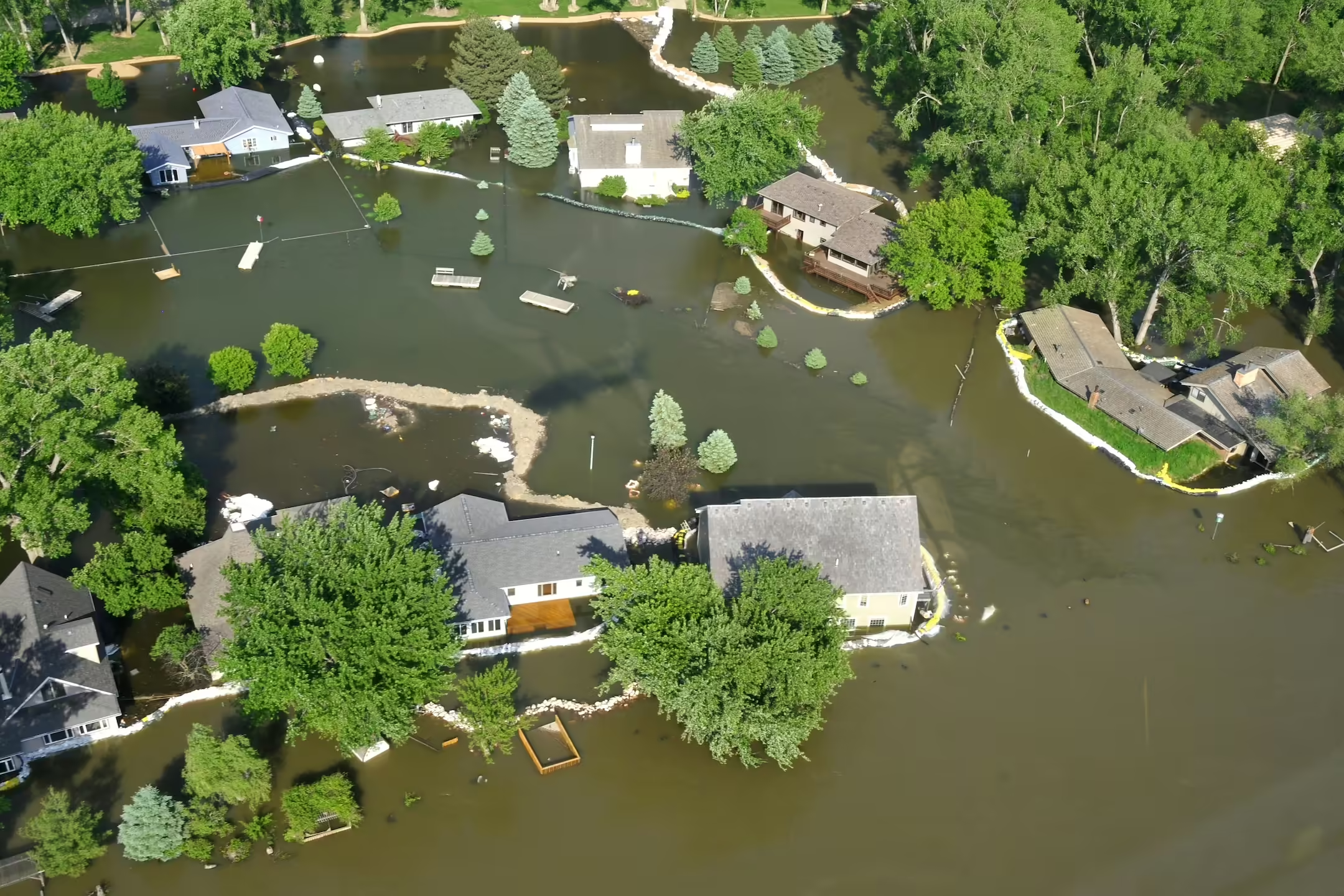
An analysis of FEMA’s BRIC program for climate adaptation and disaster resilience funding shows rising demand, but unequal access. Read more
-

For millions of Americans experiencing food insecurity with low incomes, low food access, and no car, putting healthy food on the table is a logistical nightmare. Read more
-

Nearly one in five U.S. counties has a higher-than-average share of seniors and no hospital beds. Read more
-
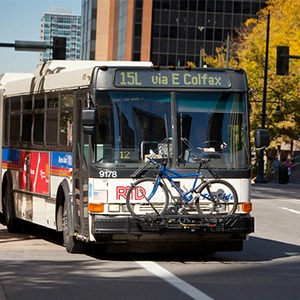
Identify where potential bus rapid transit corridors in the Denver, Colorado Metro Area are most likely to enhance mobility and equity. Read more
-
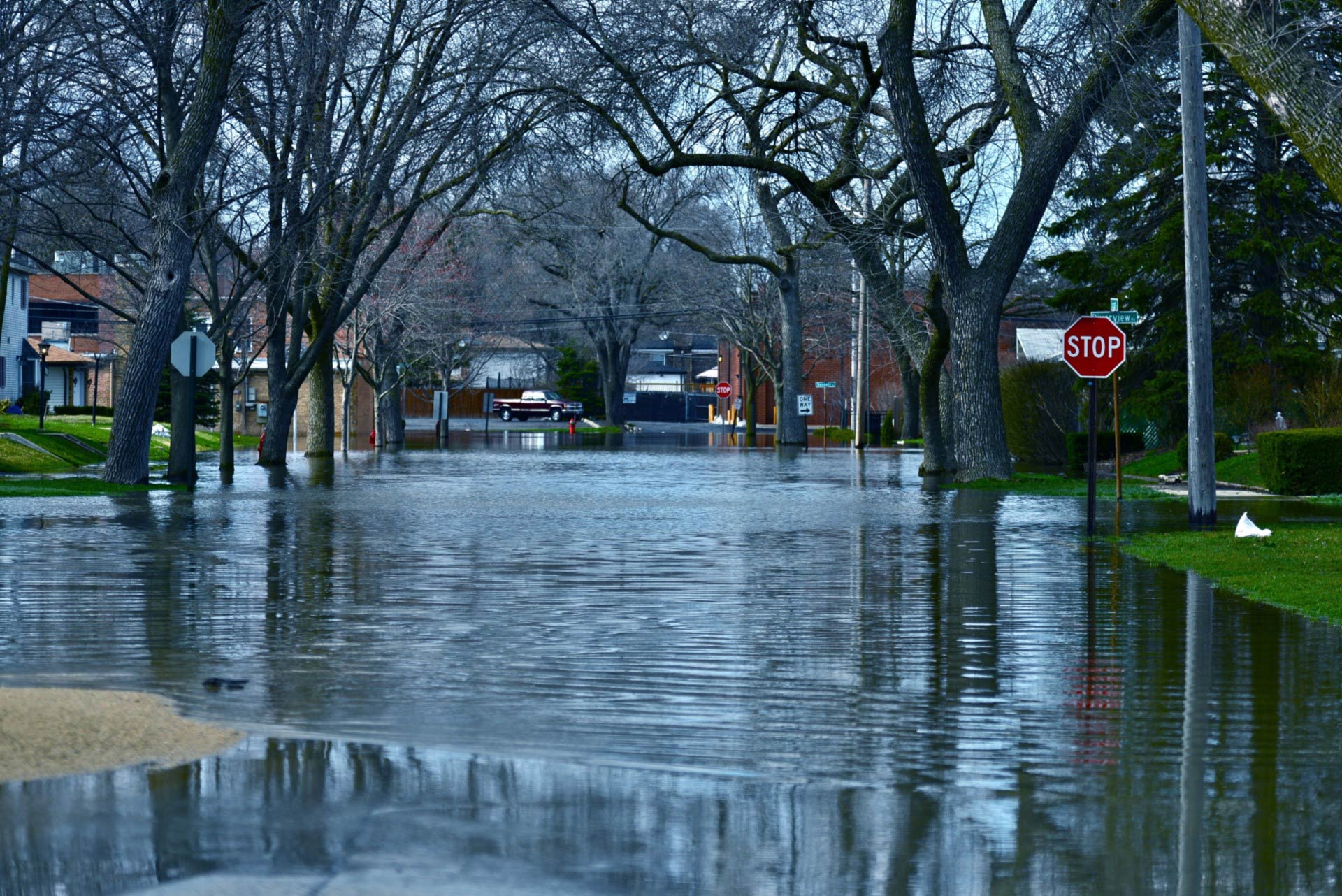
Integrate socioeconomic and climate data to map neighborhoods at risk in selected cities. Read more
-

Identify neighborhoods where overlapping wildfire threats and socioeconomic vulnerabilities may make people disproportionately susceptible to wildfire. Read more
-

Urban trail efforts increasingly are focusing on providing equitable access to trails. Trails and parks can create substantial benefits for public health, property values, and quality of life. Read more
-

Populations at Risk quickly and easily generates and downloads reports about populations more likely to experience adverse social, health, or economic outcomes. Read more
-
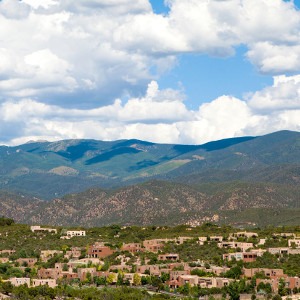
A new tool helps the City of Santa Fe, New Mexico assess wildfire and populations at risk. Read more
-

While national poverty rates dropped in the last year, the county-level picture is mixed. Read more
-

Hispanics account for roughly one in four westerners and one in six rural westerners. Read more
-

Minority populations are growing in nearly all rural western counties, helping booming communities expand and slowing the decline in counties that otherwise would have lost people. Read more
-
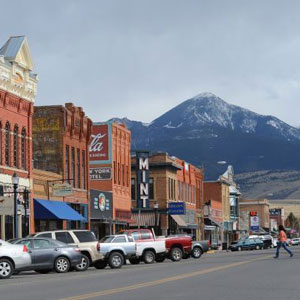
The rural West matters for at least three important reasons: the vitality of the region’s landscape; its impact on local, state, and national politics; and the future of the area’s people and communities. Read more
-
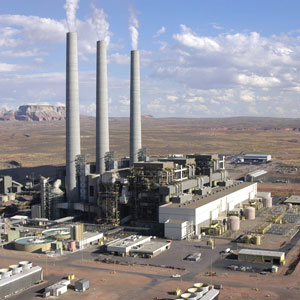
This post compares economic and demographic characteristics of communities where coal-fired power plants have recently retired or are scheduled to retire. Read more
-
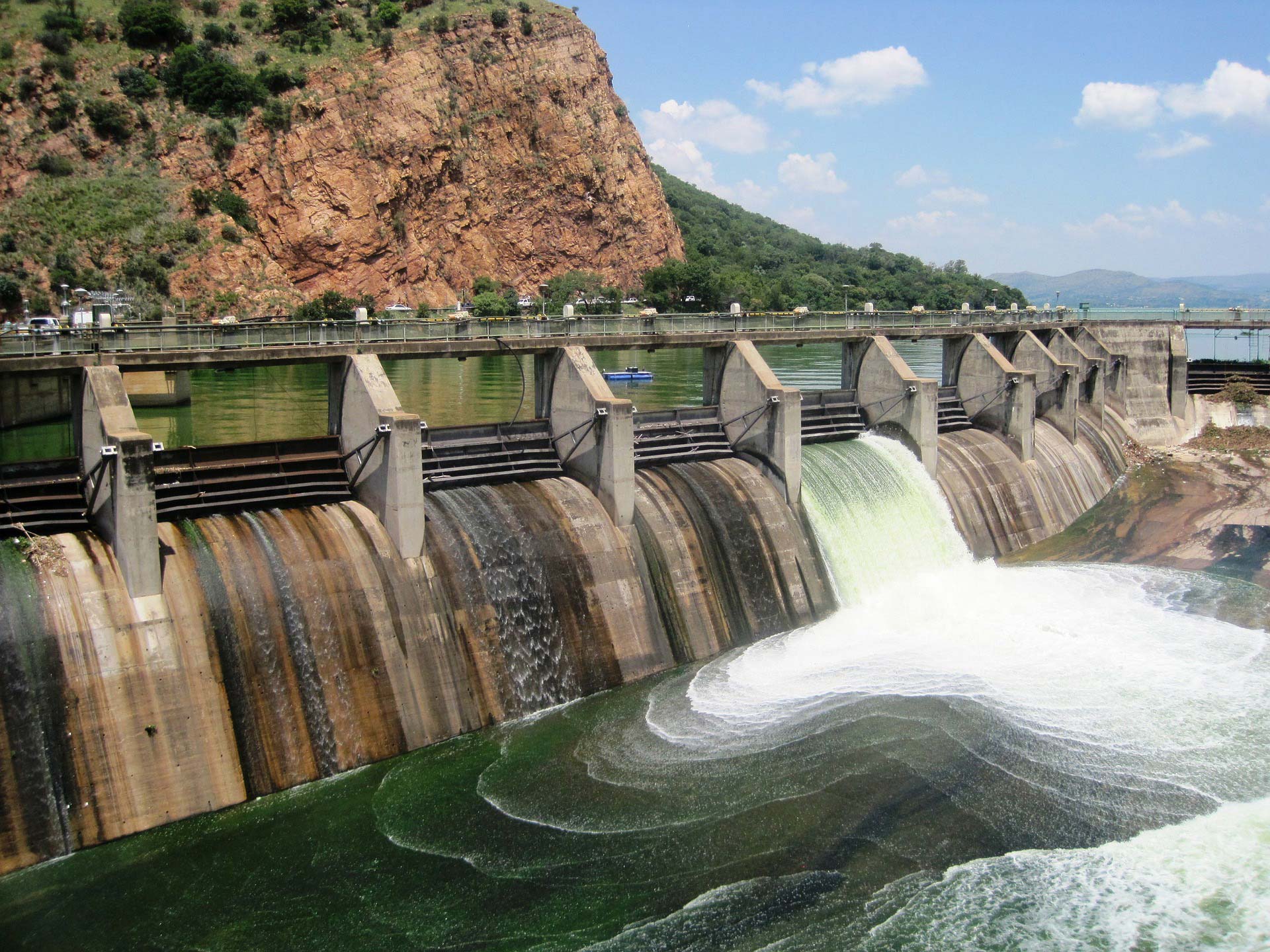
Six dam removal case studies on the fiscal, economic, environmental, and social benefits of dam removal. Read more
-

In the Taos, New Mexico area trails are a fundamental part of health and quality of life, but differences in access to trails may limit the benefits for Hispanic and low-income residents. Read more
-

Trails are good for people, but the health and social benefits of trails are not equally available to everyone. Read more
-
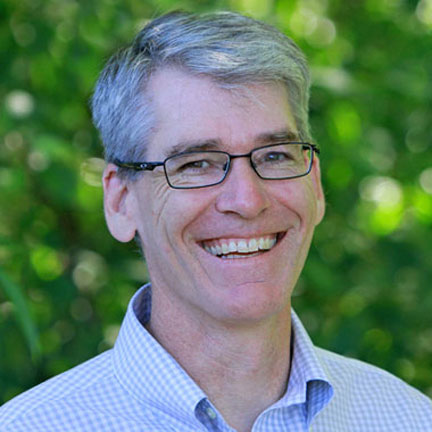
This blog draws on federal data and research to describe more about the local economies of the communities dependent on federal coal. Read more